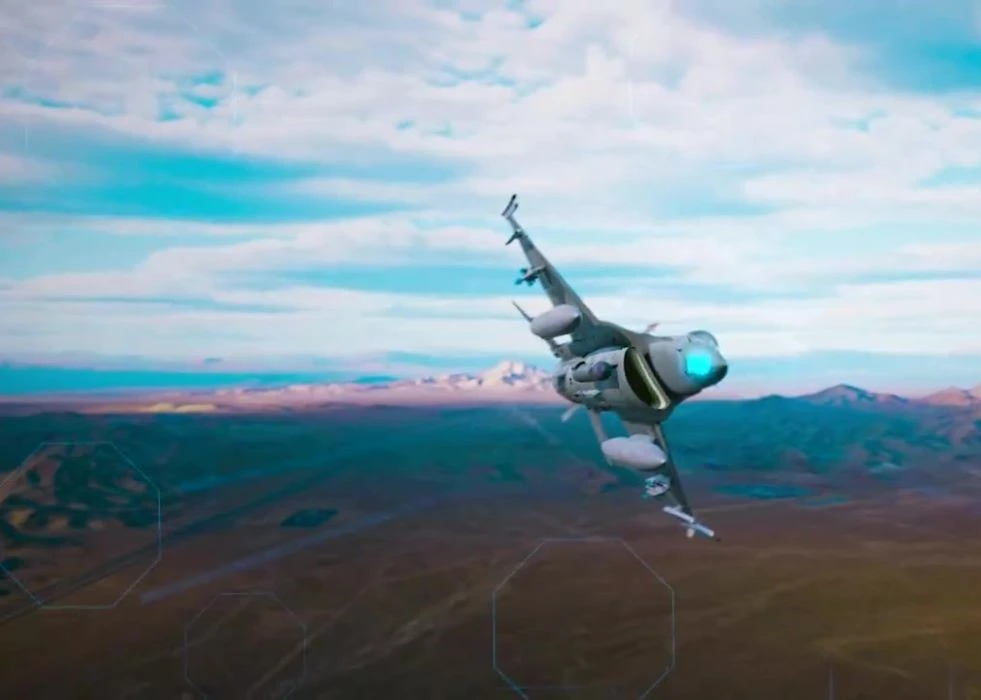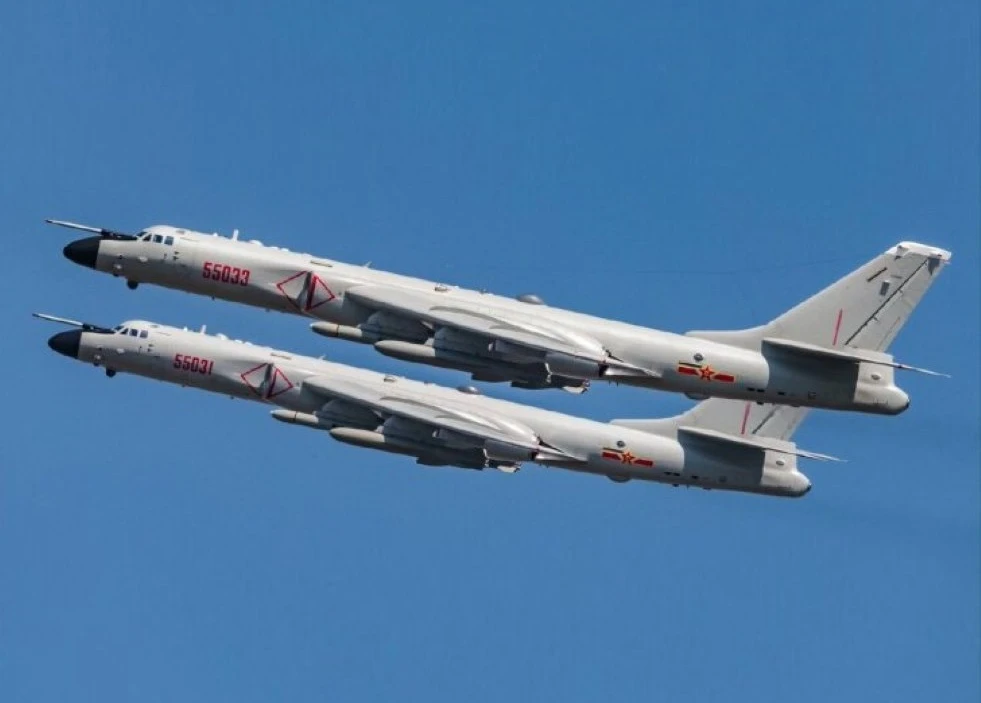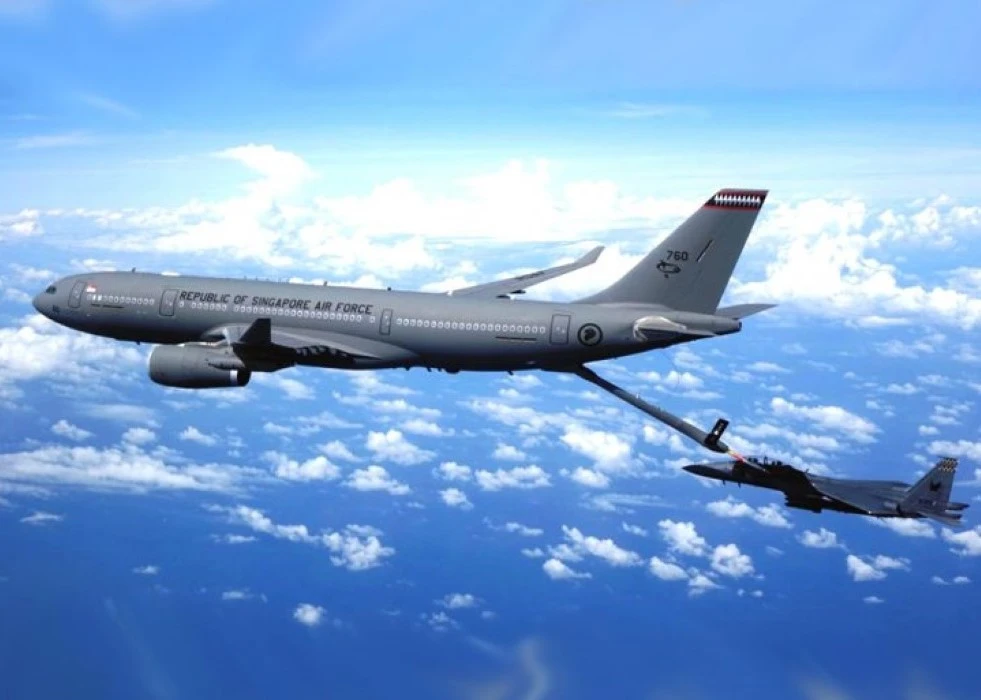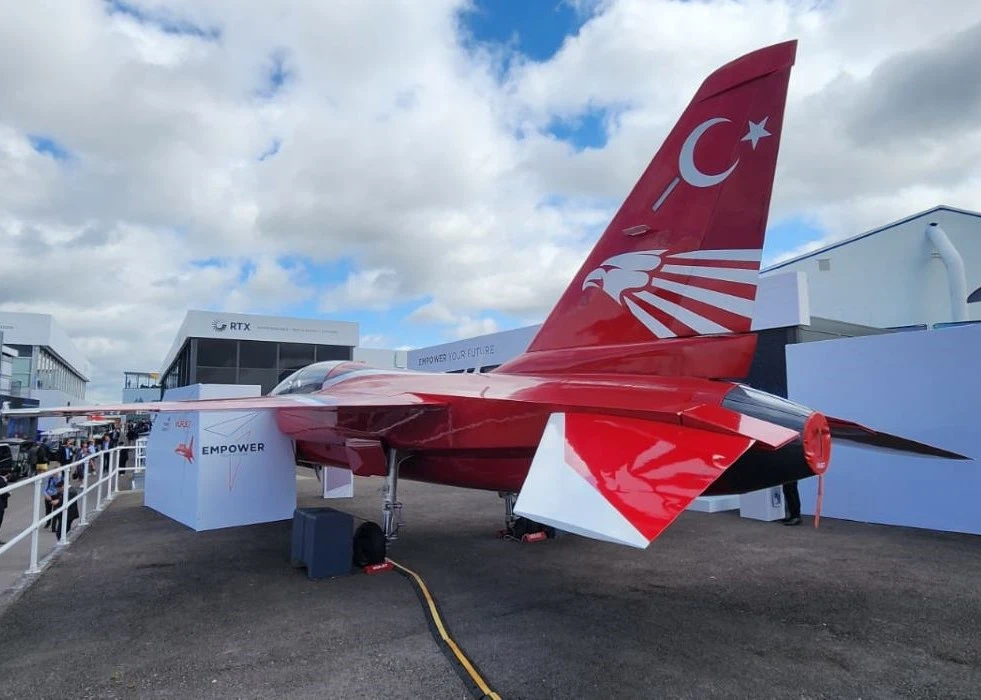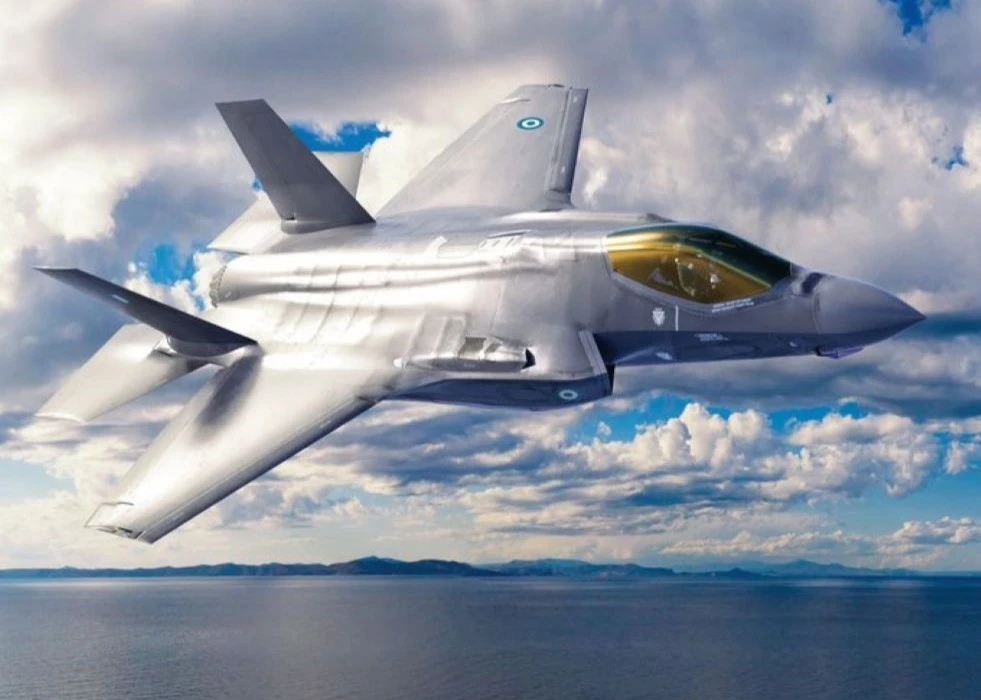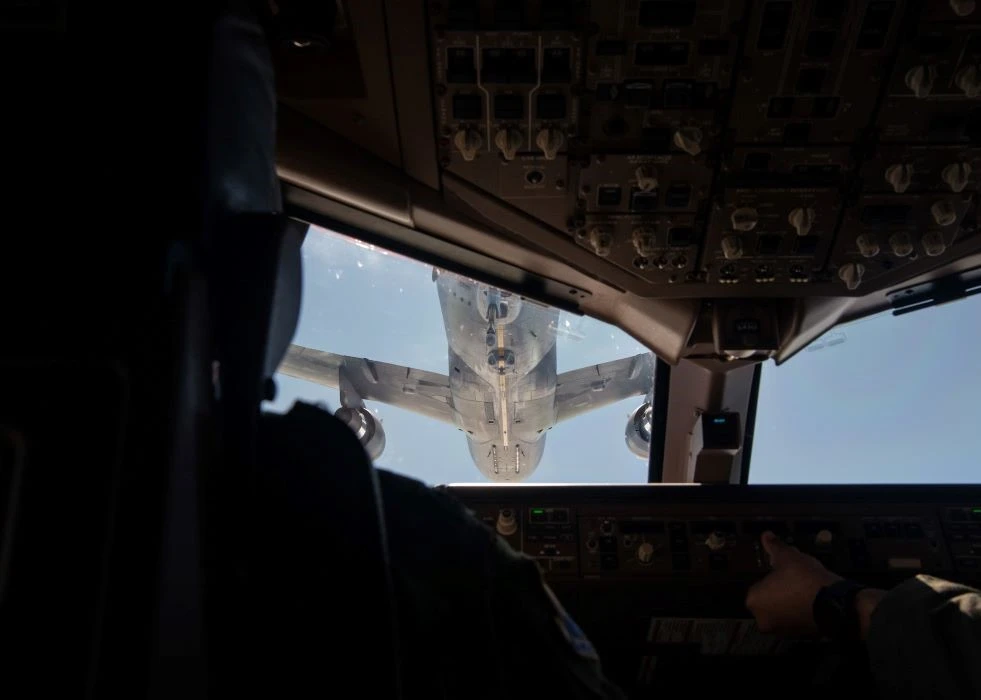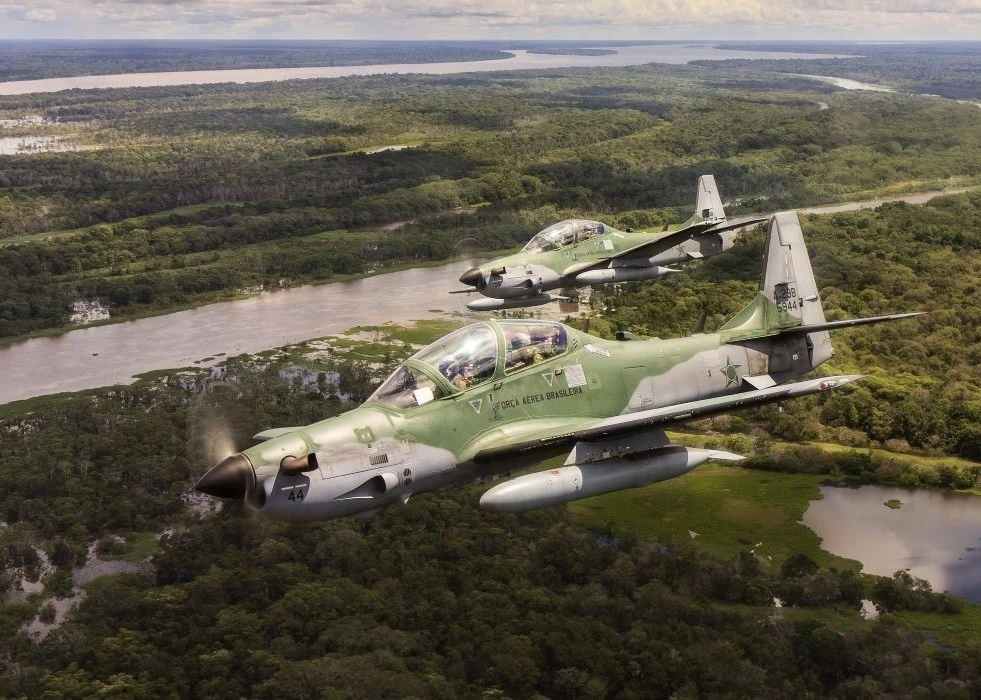ASELSAN's indigenous AESA Aircraft Nose Radar made its first flight with the F-16 ÖZGÜR platform. ASELSAN shared a post on social media and announced that the homegrown AESA Aircraft Nose Radar made its first flight with the F-16 ÖZGÜR platform. The first flight of the ASELSAN AESA Aircraft Nose Radar was carried out on February 15, 2024. The AESA Radar will start its flights with AKINCI UCAV shortly. Flights will be carried out in 2024 after integrating with other jet aircraft and UAVs. AESA Radar has automatic recognition, multiple target tracking, location mapping, distance measurement, automatic altitude determination, under-cloud surveillance with SAR, automatic target limitation with artificial intelligence-supported algorithms, broadband radar spectrum monitoring (ESM), directional electronic jamming (ECM) and ability to provide more effective guidance to ammunition.
Congratulating ASELSAN for the test flight, SSB President Haluk Görgün said, “While the F-16 ÖZGÜR Platform has been moved to the level of 4.5 generation aircraft with the AESA radar, KAAN and combat UAVs are platforms of the 5th generation and beyond with additional capabilities and low visibility features.”
ASELSAN General Manager Ahmet Akyol stated that nose radars with AESA technology will work on F-16 ÖZGÜR, HÜRJET, KAAN, AKINCI, KIZILELMA and ANKA-3 UAVs.
Pointing out that ASELSAN uses its AESA technology in the radar systems it develops in all areas of activity, regardless of “land-air-sea”, Akyol said: “ASELSAN has become one of the rare institutions in the world by applying these technologies to all areas. Thanks to the development of the AESA Nose Radar, ASELSAN can produce and intervene in all the knowledge and technology itself. In addition, the Turkish Armed Forces have many capabilities that cannot be provided due to secrecy and various restrictions when a similar radar is procured from abroad.”
The global market size for fighter jet AESA Nose Radar is estimated to be $ 5 billion annually. It is expected that ASELSAN radars will play a decisive role in the global market of air platforms, along with the ongoing export negotiations and especially the foreign sales of flying platforms. In addition, the market share is expected to increase with the high-tech ASELSAN AESA radars developed for air defence, naval platforms and surveillance radars.
